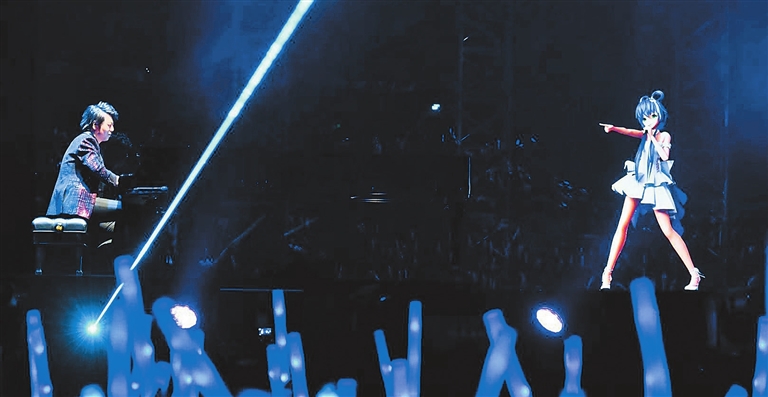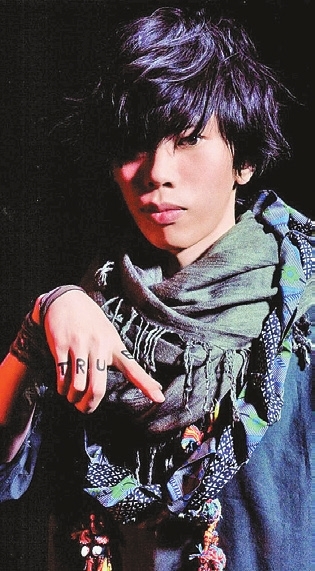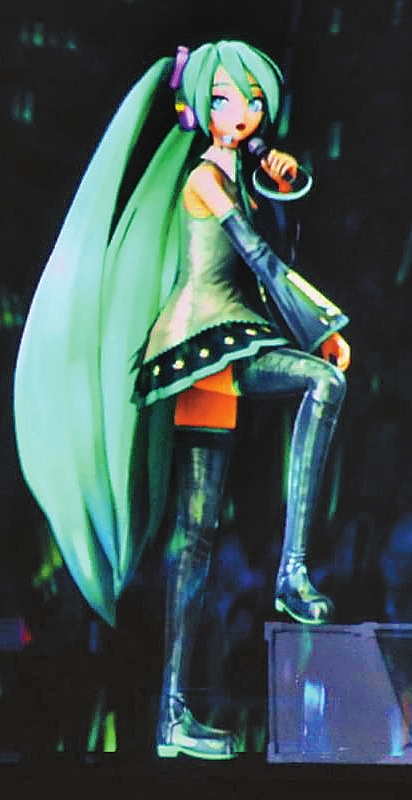


LUO TIANYI’S New Year’s show was infrequently attended by pop stars, with only around 300 people in attendance. Then again, she wasn’t there either. To see Luo, one of China’s rising superstars, some 150 million people watched the live stream on their TVs and mobile devices. The teenage singer is a vocaloid, the first text-to-speech, computer-generated, Mandarin-speaking pop star. The country is the latest market to embrace vocaloids, the most extreme mashup of tech and music. Although they developed in Japan and exerted their influence on K-pop, China has the largest potential audience, with around 390 million people watching virtual idols. The accompanying animation industry, which includes television series and comics, reached US$35 billion in 2020, according to media company iQiyi. From a lively cat dancing with American singer Paula Abdul in the 1990s to the holograms that resurrected dead singers in the 2000s, the music industry has flirted with non-human performances for as long as technology allowed. For a flat fee of US$225, the creators get audio editing software that can generate full songs with synthetic human voices. Yamaha is currently developing technology to make vocals more realistic and enable musical expressions unique to vocaloids. With brilliant pop tunes, Luo embodies the genre. She is 15, has gray hair, green eyes and 5 million Weibo followers. Her concerts sell out in minutes, she sang and danced to the piano accompaniment of Lang Lang, and CCTV put her on the lineup of their Spring Festival Gala alongside Hong Kong superstar Andy Lau and by Italian opera star Andrea Bocelli. More than a third of Luo fans were born after 2000 and mostly located in major cities in China. Nescafé, KFC and other companies have used his songs in advertising campaigns. Harper’s Bazaar put its image on the cover of its Chinese edition. All this is the work of Shanghai Henian Technology, which has established itself as the country’s leading vocaloid impresario, with six performers. The company, which has offices in China and Japan, has focused on the business for about a decade. It previously worked with Yamaha on virtual singers before purchasing the rights to Luo in 2015. The most famous vocaloid of Japan, Hatsune Miku, offers a window into potential opportunities for China’s rising stars. In the 14 years since her debut, she amassed over 100,000 songs and a wide array of sponsorship deals. Chinese industry is estimated at US$100 million, although the ripple effects are greater. Video streaming site Bilibili which raised US$2.6 billion in a secondary listing this year started as a Mikufans.cn fan forum. “One thing that is somewhat unique to vocaloid culture, compared to other creative hobbyist cultures, is that it’s not just music that is created,” said Hiroyuki Ito, director-general of Crypton Future Media, owner of Miku. “Someone would create a song, and someone else would tie up a story or draw an illustration or make a music video,” he said. Vocaloid culture has narrowed the gap between amateur and professional music production, he added. One example is Kenshi Yonezu, who gained popularity with his vocaloid music in 2009 before making his debut in person. He ultimately became the first artist to land Billboard’s Song of the Year in Japan for two consecutive years. In China, the approach is less popular. Vocaloids like Luo are promoted alongside human celebrities, appearing on variety shows, singing programs, shopping festivals and live content. Dealing with vocaloids is not necessarily easier than working with human stars. For Luo’s New Year’s show, Shanghai Henian spent months tracing her outfits, visuals and movements on the stage. “When you think of a human performer, the singer’s height does not change regardless of camera movements,” said Candy Huang, director of operations at Luo’s company. “However, Luo is a virtual character — to achieve the correct size for camera movements, and yet not shatter the illusion that she should be real – it requires a tremendous amount of computation and high-tech skill.” Going forward, Shanghai Henian is working to merge Luo with artificial intelligence to enable him to think independently and communicate with fans, as well as take advantage of a recent hype in gu feng — a type of music inspired by traditional Chinese music and history, Huang added. “It may be 15 forever, but we need to upgrade it to accommodate changing consumer tastes,” she said. (SD-Agencies) | 
